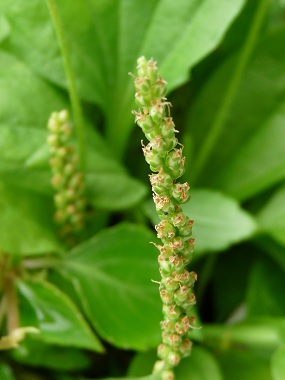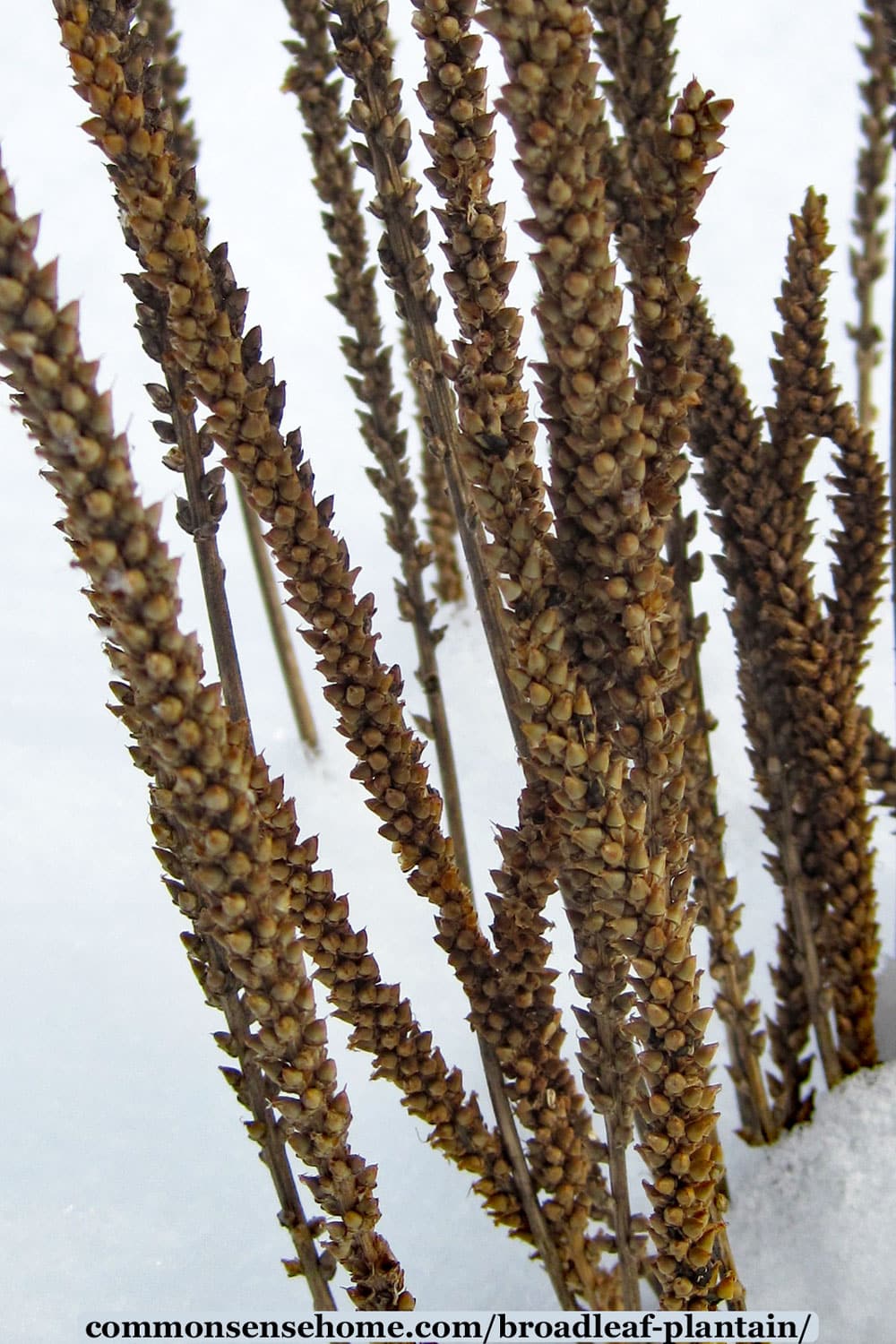The Weed That's Not A Weed: Everything You Need To Know About Broadleaf Plantain
Broadleaf plantain (Plantago major) is a common weed that can be found growing in lawns, gardens, and other disturbed areas. It is often considered a nuisance, but it is actually a valuable medicinal plant with a wide range of health benefits.
In this blog post, we will take a closer look at broadleaf plantain, exploring its history, uses, and potential health benefits. We will also discuss how to identify and harvest this versatile plant.
History of Broadleaf Plantain
Broadleaf plantain has been used for medicinal purposes for centuries. The ancient Greeks and Romans used it to treat a variety of conditions, including wounds, burns, and diarrhea. In the Middle Ages, it was used to treat snakebites and other poisonous bites.
Broadleaf plantain was also used by Native Americans, who applied the leaves to wounds and burns to promote healing. They also made a tea from the leaves to treat coughs, colds, and other respiratory problems.
Today, broadleaf plantain is still used as a traditional medicine in many parts of the world. It is also available in supplement form.
Uses of Broadleaf Plantain
Broadleaf plantain has a wide range of potential health benefits. Some of the most well-known uses of this plant include:
- Treating wounds and burns: The leaves of broadleaf plantain can be applied to wounds and burns to promote healing. The plant contains allantoin, a substance that helps to stimulate cell growth and repair.
- Relieving coughs and colds: A tea made from the leaves of broadleaf plantain can help to relieve coughs and colds. The plant contains mucilage, a substance that coats and soothes the throat and airways.
- Improving digestion: Broadleaf plantain can help to improve digestion by reducing inflammation and stimulating the production of digestive enzymes. The plant also contains fiber, which can help to regulate bowel movements.
- Boosting the immune system: Broadleaf plantain contains antioxidants and other compounds that can help to boost the immune system. This can help to protect the body against infections and other health problems.
- Relieving pain: The leaves of broadleaf plantain can be used to relieve pain from insect bites, stings, and other minor injuries. The plant contains salicylates, which are compounds that have anti-inflammatory and pain-relieving properties.
How to Identify and Harvest Broadleaf Plantain
Broadleaf plantain is a relatively easy plant to identify. It has broad, oval leaves that grow in a rosette at the base of the plant. The leaves are smooth and have a slightly waxy coating. The flowers of broadleaf plantain are small and greenish-white. They grow on spikes that rise above the leaves.
Broadleaf plantain is a common weed, so you should be able to find it growing in your yard or neighborhood. If you are not sure how to identify broadleaf plantain, you can consult a field guide or ask a local herbalist.
To harvest broadleaf plantain, simply pick the leaves from the plant. You can use the leaves fresh or dry them for later use. If you are harvesting the leaves fresh, wash them thoroughly before using them.
Conclusion
Broadleaf plantain is a versatile plant with a wide range of potential health benefits. It is easy to identify and harvest, and it can be used to treat a variety of health conditions. If you are looking for a natural way to improve your health, broadleaf plantain is a good option to consider.
Broadleaf plantain, also known as white man's footprint, waybread, or greater plantain, is a common weed that can be found growing in lawns, gardens, and roadsides throughout much of the world. However, this humble plant also has a long history of medicinal use.
The leaves of broadleaf plantain contain a variety of compounds that have been shown to have anti-inflammatory, antibacterial, and antiviral properties. They have been used to treat a wide range of conditions, including cuts, scrapes, burns, insect bites, diarrhea, and respiratory infections.
If you're interested in learning more about the medicinal uses of broadleaf plantain, I recommend visiting the website Garden Wiki. This website provides comprehensive information on the plant, including its history, botany, medicinal properties, and dosage recommendations.
FAQ of broadleaf plantain
1. What is broadleaf plantain?
Broadleaf plantain (Plantago major) is a common weed that grows in lawns, gardens, and other areas of disturbed soil. It has broad, oval leaves with a serrated edge and a thick, central vein. The flowers are small and white, and they bloom in the summer.
2. Where does broadleaf plantain grow?
Broadleaf plantain is native to Europe and Asia, but it can now be found growing all over the world. It is a hardy plant that can tolerate a wide range of conditions, including poor soil, drought, and heat.
3. What are the benefits of broadleaf plantain?
Broadleaf plantain has a number of medicinal properties. It has been used for centuries to treat a variety of health problems, including:
- Cuts and scrapes
- Stings and insect bites
- Sore throats
- Diarrhea
- Coughs
- Asthma
- Indigestion
- Constipation
4. How can I get rid of broadleaf plantain?
There are a number of ways to get rid of broadleaf plantain. You can:
- Pull the plants by hand.
- Use a hoe or garden fork to dig up the plants.
- Apply a herbicide specifically designed for broadleaf weeds.
- Cover the area with a tarp or sheet of plastic to deprive the plants of sunlight.
5. Is broadleaf plantain poisonous?
Broadleaf plantain is not poisonous to humans or animals. However, it can cause an allergic reaction in some people. If you experience any symptoms after coming into contact with broadleaf plantain, such as itching, swelling, or difficulty breathing, seek medical attention immediately.
Image of broadleaf plantain
5 different images of broadleaf plantain from Pinterest:
- Image 1: A close-up of a broadleaf plantain leaf, showing the serrated edges and the white veins.

- Image 2: A whole broadleaf plantain plant, with several leaves growing from a central stalk.

- Image 3: A cluster of broadleaf plantain flowers, which are small and white.

- Image 4: A broadleaf plantain seed head, which is brown and cylindrical.

- Image 5: A broadleaf plantain growing in a lawn, with its leaves spreading out over the ground.

Post a Comment for "The Weed That's Not A Weed: Everything You Need To Know About Broadleaf Plantain"